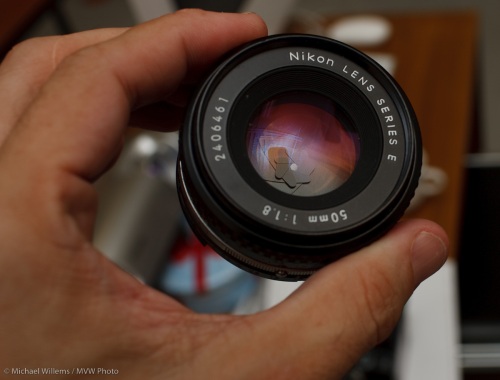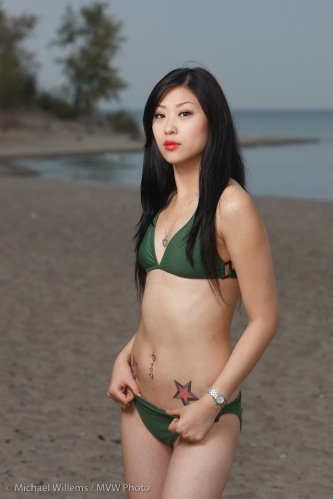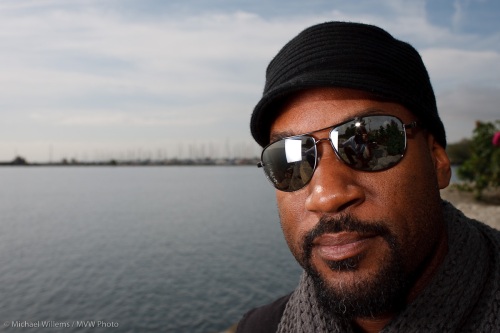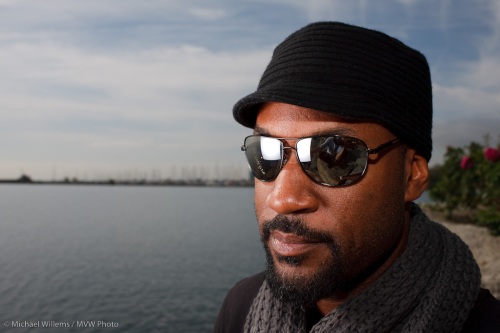I photographed Richard Dawkins tonight. In the sold-out Bader theatre in Toronto, where he introduced his new book to an enthusiastic crowd:
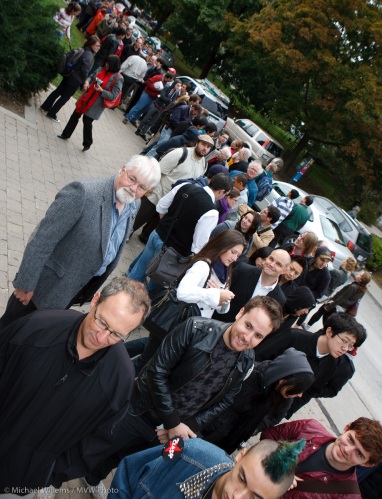
Usually, theatre lighting is quite simple – if you get to sit in the right place. Since my son Daniel and I sat in the very front row, today was no exception. The background is dark but the subject is lit brightly:

I did not need more than 400 ISO, which gave me 1/100 sec at f/2.8. In manual exposure mode, of course.
“No flash“, the slightly inept people from the publishing house (who did not believe I had talked to their colleague on the phone earlier – Simon and Schuster Canada, you lost out on some free shots!), said time and time again. (The Dawkins web people aren’t very responsive either: four attempts to contact them. to multiple email addresses, offering free coverage – and zero responses: instead, I helped their own shooter, who was an ’emerging pro’ and asked for some advice).
No problem!
The only problem was focus. My 50mm f/1.4 lens front focused on the 1Ds MkIII by at least 6 inches, which is disastrous. I had to adjust it to a setting of “+17” (out of a possible 20!) in the ten or so minutes before prof Dawkins arrived. The 35mm f/1.4 and 24-70mm lens would not properly focus at all in this light (they were consistently way off), so while I switched many times, I kept coming back to the 50mm lens with +17 adjustment.
One day Canon will make a camera that focuses well. Perhaps. I am not holding my breath.

Anyway, I got some nice shots. Photojournalism is never easy, but sitting about 10 ft away from Richard Dawkins makes up for a lot.

(A few more shots here)

